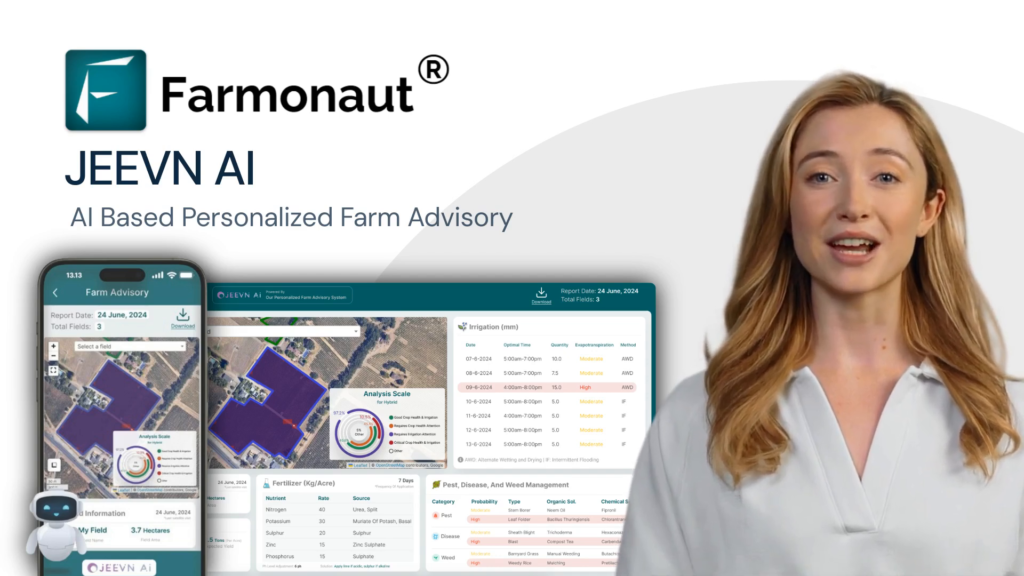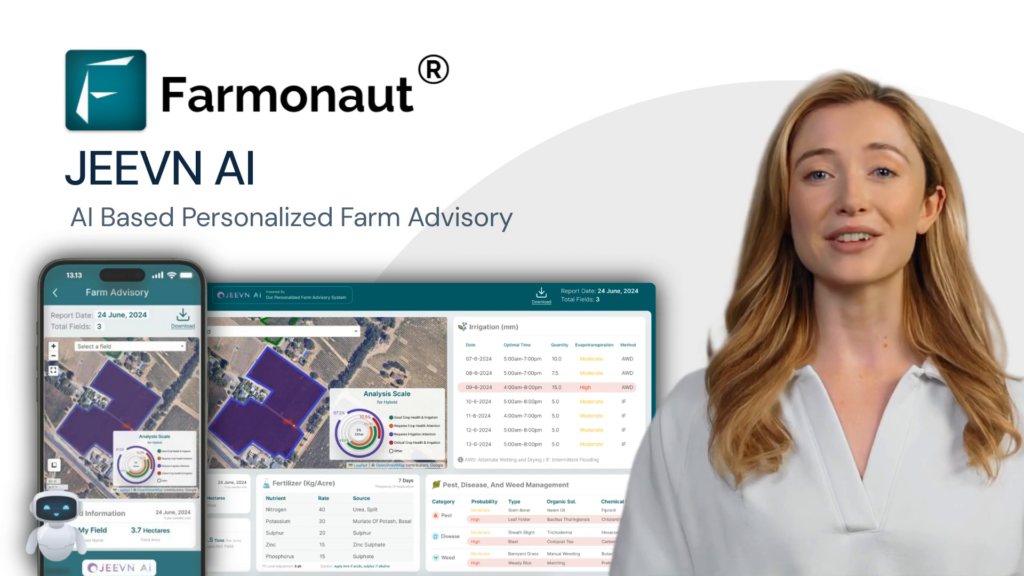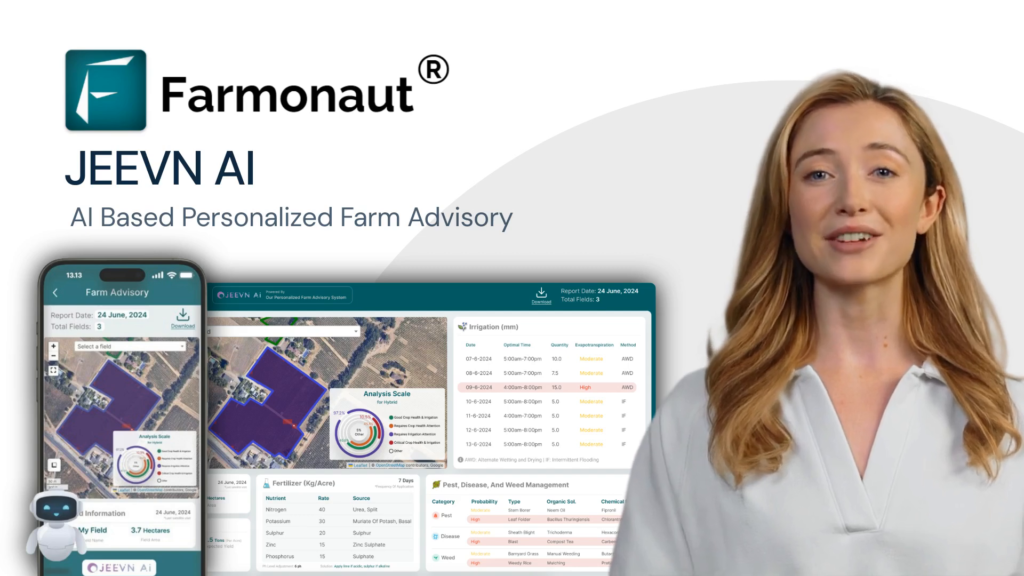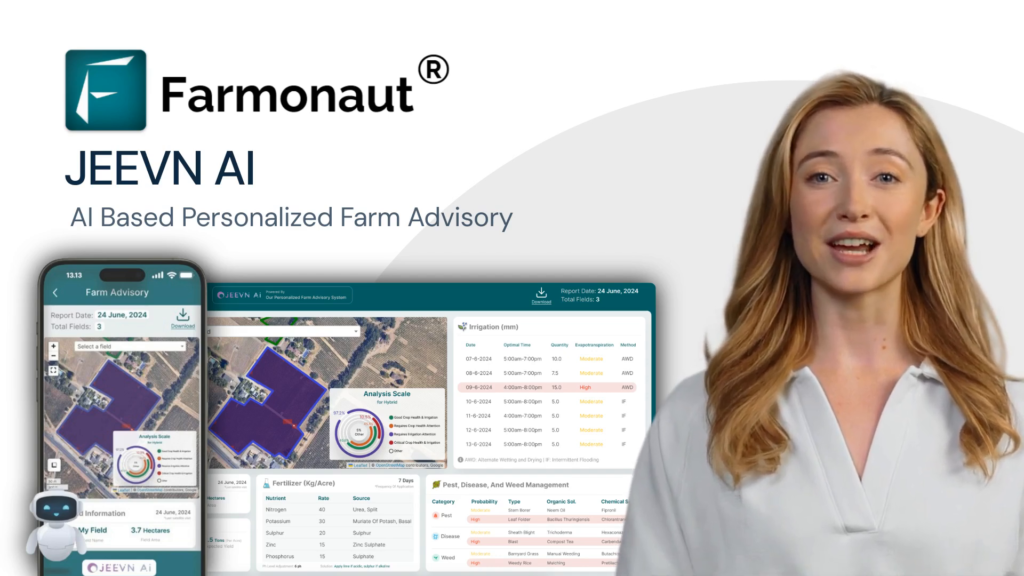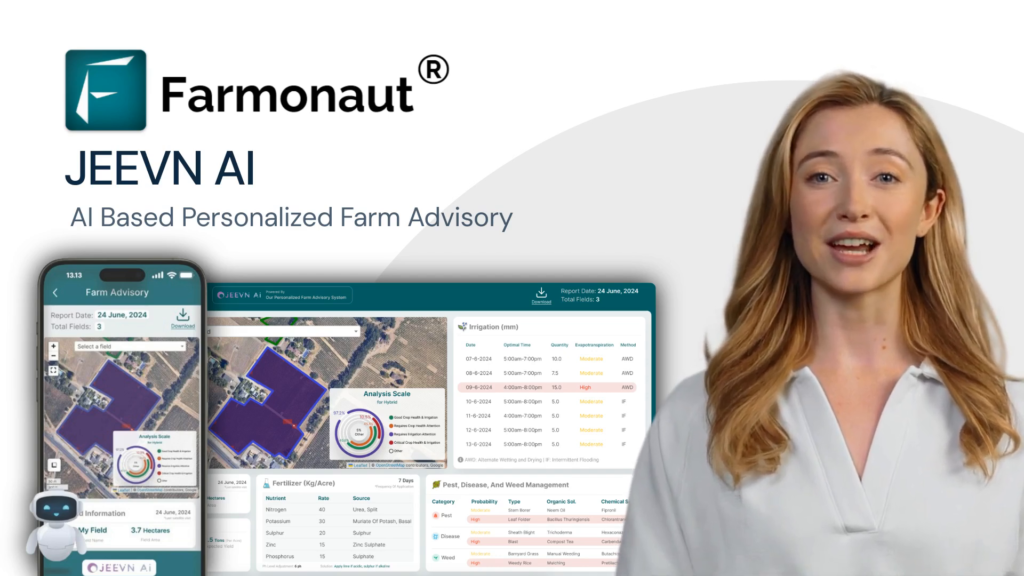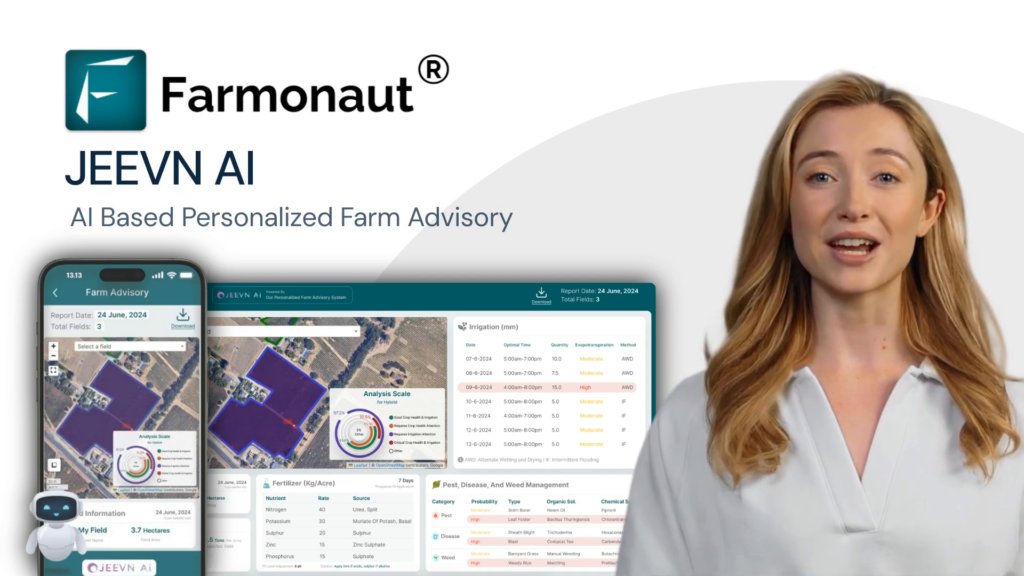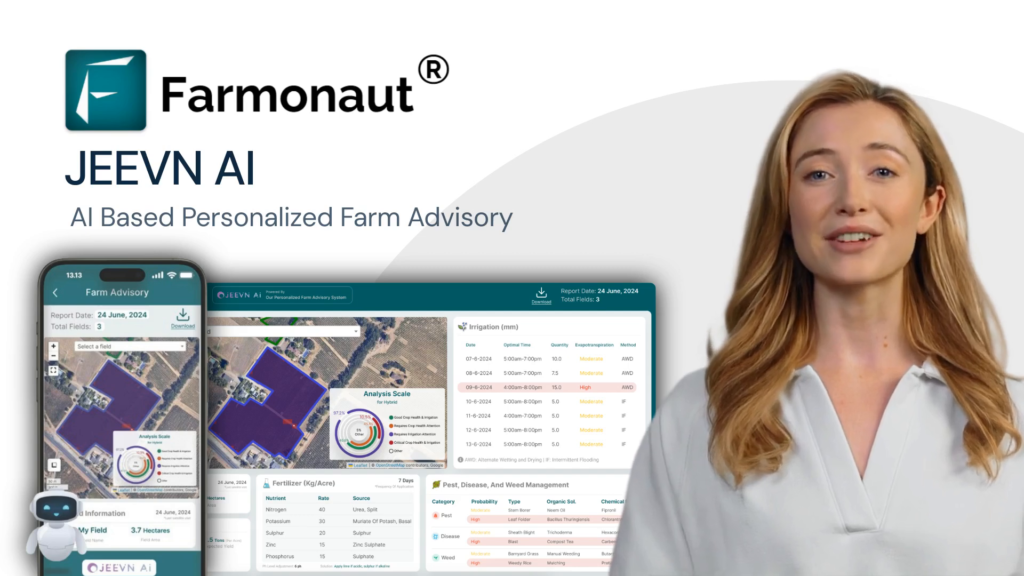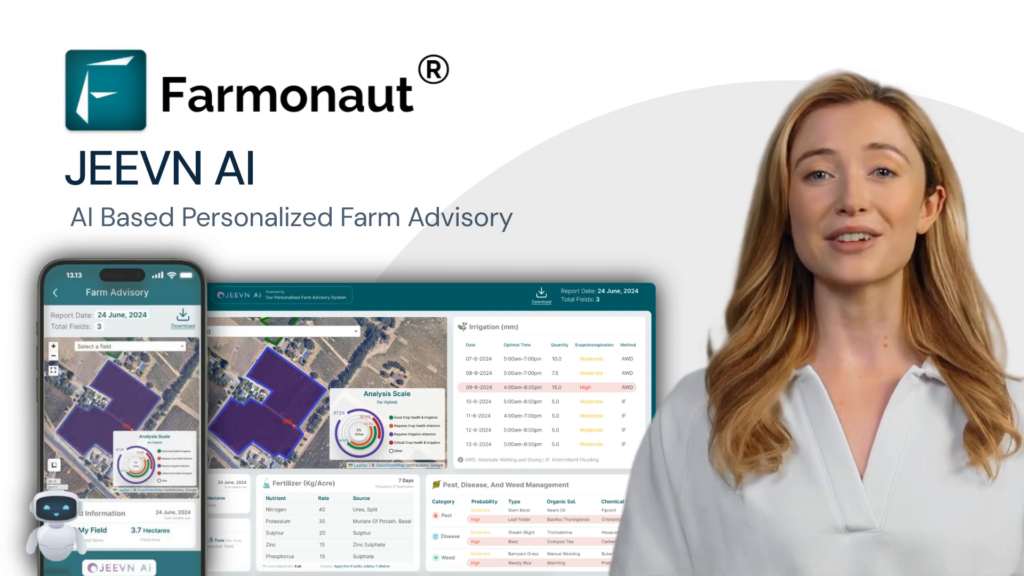Iowa’s Solar Dilemma: Balancing Agricultural Land Use and Renewable Energy Development in Tama County
“Tama County’s zoning commission restricts solar projects on land with high corn suitability ratings, impacting 100% of utility-scale solar plans.”
“Iowa’s solar energy dilemma affects multiple sectors: agriculture, renewable energy, local economy, and environmental sustainability in 20-word trivia.”
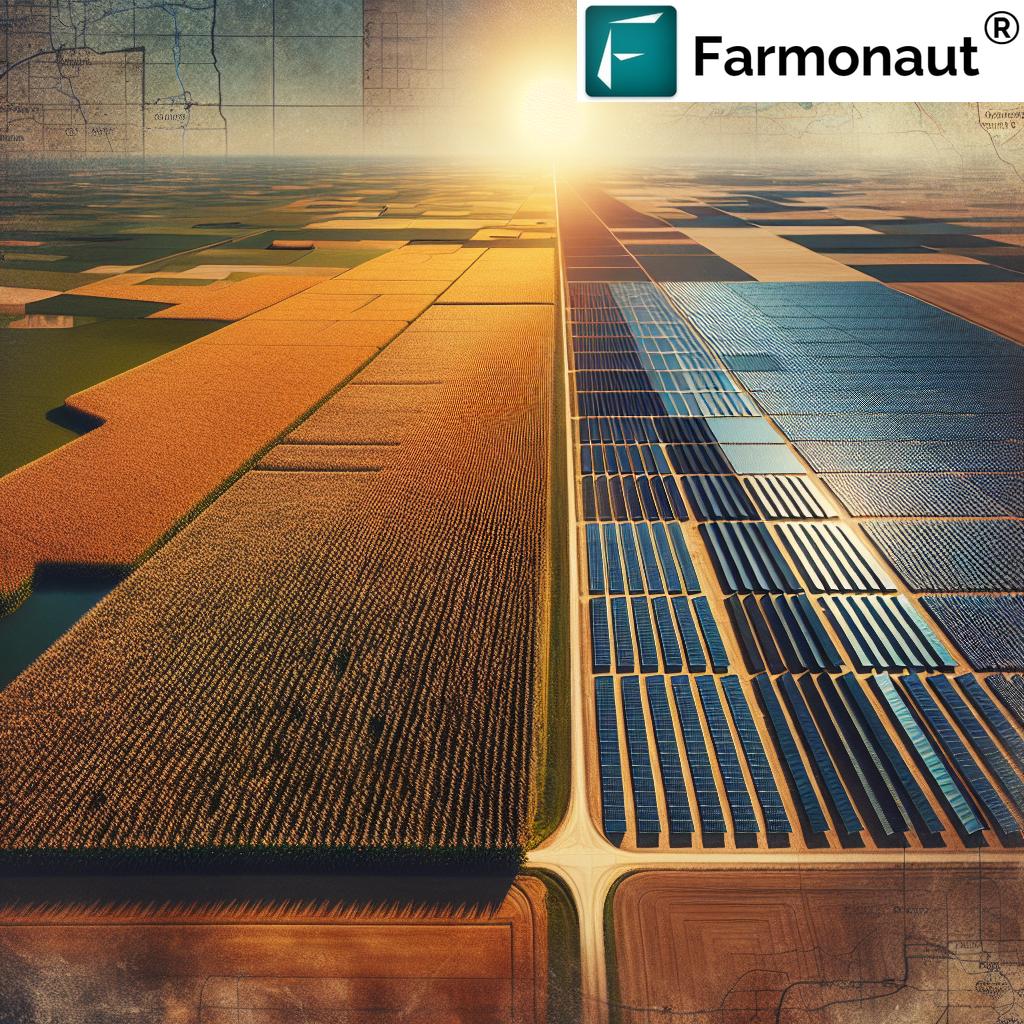
As we delve into the complex landscape of solar energy development in Iowa, we find ourselves at the heart of a heated debate in Tama County. The recent decision by the county’s zoning commission to impose restrictions on utility-scale solar projects has sent shockwaves through the renewable energy sector and agricultural communities alike. This blog post will explore the multifaceted issues surrounding this decision, its implications for landowners, and the future of clean energy in rural Iowa.
The Tama County Solar Restriction: A Closer Look
On February 26, 2025, the Tama County Zoning Commission made a landmark decision that effectively halted solar farm plans in the region. By a vote of 4-1, the commission chose to limit the use of agricultural land with a corn suitability rating (CSR2) above an average of 60 to agricultural production only. This decision has far-reaching consequences for renewable energy zoning regulations and landowner rights in the area.
To understand the gravity of this decision, it’s crucial to note that according to Iowa State University’s most recent Land Value Survey, the average CSR2 rating of tillable cropland in Tama County is 84. Furthermore, approximately 93% of the county’s more than 340,000 acres is currently in cropland. These statistics highlight the significant impact of the zoning commission’s decision on potential solar development in the region.
The Draft Horse Solar Project: A Casualty of the New Restrictions
One of the immediate casualties of this decision is the Draft Horse Solar project, proposed by Tyr Energy Development Renewables (TED Renewables). The project, which was set to span 960 acres in Perry and Clark townships east of Traer, now faces an uncertain future. Elias Toshiro, a solar developer with TED Renewables, expressed his disappointment, stating, “Unfortunately, with the 60 CSR cap, it seems that there is not a way forward for our project in Tama County, should this cap get reflected in the final Solar Ordinance.”
This setback for the Draft Horse Solar project exemplifies the challenges faced by renewable energy developers in navigating local zoning regulations and balancing the interests of various stakeholders.
The Debate: Agricultural Preservation vs. Renewable Energy Development
At the core of this issue lies a fundamental debate between preserving prime agricultural land and fostering the growth of renewable energy sources. The Tama County Soil and Water Conservation District (SWCD) commissioners reaffirmed their commitment to discouraging the use of prime agricultural land for non-agricultural purposes, particularly land with a CSR of more than 60.
This stance aligns with traditional agricultural preservation efforts but poses significant challenges for solar energy development. As Toshiro pointed out, “The constraints that cause lower CSR – floodplains, slopes, wetlands, etc. – are the exact constraints that make building a solar project on that ground unfeasible.”
The Benefits of Solar Farms in Rural Communities
Despite the current restrictions, it’s important to consider the potential benefits that solar farms can bring to rural communities like Tama County:
- Increased Tax Revenue: Solar projects can generate significantly more tax revenue than traditional agricultural use. TED Renewables estimated that the Draft Horse Solar project would have contributed over $6 million in tax revenue during its 40-year lifespan.
- Support for Local Services: This additional revenue could be used to support schools, police, fire protection, senior services, and infrastructure improvements.
- Environmental Advantages: Solar energy is a clean, renewable source that can help reduce carbon emissions and improve local air and water quality.
- Diversified Income for Landowners: Solar leases can provide a stable, long-term income stream for farmers, helping to mitigate the risks associated with agricultural markets.
The Impact on Landowner Rights and Rural Development
The zoning commission’s decision raises important questions about landowner rights and the future of rural development. By restricting the use of high CSR2-rated land, the county is effectively limiting the options available to landowners for utilizing their property. This has sparked debates about the balance between individual property rights and community-wide land use planning.
Furthermore, the decision may have implications for rural economic development. As Toshiro noted, “Tama County’s population was at its lowest point in at least 143 years” in 2023. Diversifying the local economy through renewable energy projects could potentially help address population decline and create new opportunities in rural areas.
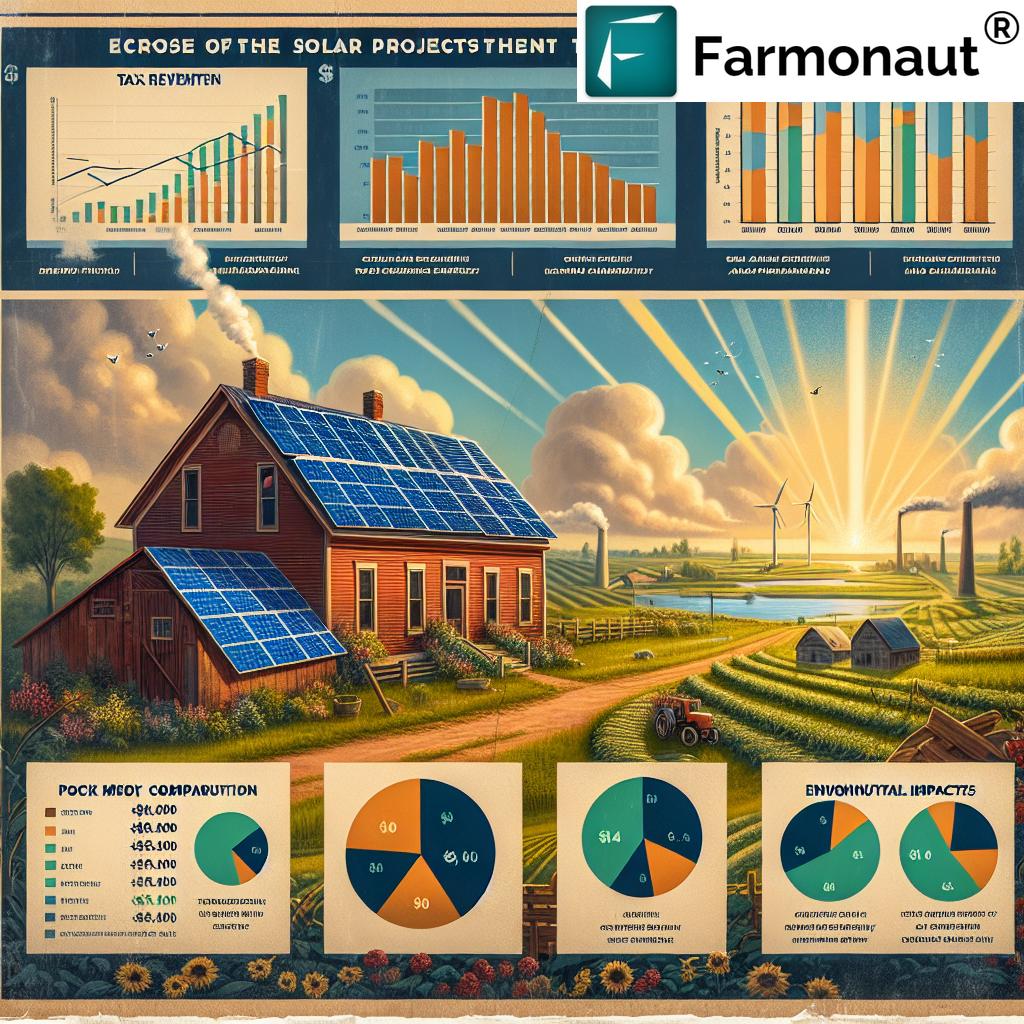
The Role of Technology in Agricultural Land Management
As we navigate these complex issues, it’s worth considering how advanced agricultural technologies can play a role in optimizing land use and supporting informed decision-making. For instance, satellite-based farm management solutions, like those offered by Farmonaut, can provide valuable insights into crop health, soil moisture levels, and other critical metrics. These tools can help farmers make data-driven decisions about land use and resource management, potentially finding a balance between agricultural production and renewable energy development.
By leveraging technologies such as satellite imagery and AI-driven advisory systems, farmers and policymakers can gain a more comprehensive understanding of land potential and make more informed decisions about its use. This could potentially lead to more nuanced approaches to zoning and land use regulations that take into account both agricultural productivity and renewable energy potential.
Explore Farmonaut’s API for advanced agricultural insights
The Future of Solar Energy in Tama County and Beyond
While the current restrictions in Tama County present significant challenges for solar energy development, the broader conversation about renewable energy in rural Iowa is far from over. As climate change concerns grow and the demand for clean energy increases, it’s likely that counties across the state will continue to grapple with these issues.
Some potential paths forward could include:
- Developing more nuanced zoning regulations that consider both CSR ratings and the potential benefits of solar projects
- Exploring dual-use solar projects that allow for both agricultural production and solar energy generation on the same land
- Encouraging state-level policies that provide guidance on balancing agricultural preservation and renewable energy development
- Investing in research to better understand the long-term impacts of solar farms on soil health and agricultural productivity
Check out Farmonaut’s API Developer Docs for integration possibilities
Comparative Analysis: Agricultural Use vs. Solar Farm Development
| Metric | Agricultural Use | Solar Farm Development |
|---|---|---|
| Estimated Annual Revenue per Acre | $500 – $1,000 | $800 – $1,500 |
| Job Creation Potential | 1-2 jobs per 100 acres | 2-3 jobs per 100 acres (construction phase) 0.5-1 job per 100 acres (operational phase) |
| Environmental Impact (CO2 reduction) | Minimal to negative (depending on practices) | Significant positive impact (400-500 tons CO2 offset per acre annually) |
| Local Tax Revenue Generation | Standard property tax rates | 4-5 times higher than standard agricultural land |
| Impact on Food Production | Direct contribution | Temporary reduction, potential for dual-use systems |
| Long-term Land Value | Stable to increasing | Potential for increase due to infrastructure improvements |
This table provides a comparative analysis of agricultural use versus solar farm development on high CSR2-rated land in Tama County. It illustrates the trade-offs and potential benefits of each land use option, highlighting the complex nature of the decision-making process facing policymakers and landowners.
The Role of Public Engagement in Shaping Solar Policy
One of the striking aspects of the recent developments in Tama County has been the apparent lack of public engagement. The notable decrease in public attendance at zoning commission meetings suggests that many residents may not be fully aware of the implications of these decisions or feel empowered to participate in the process.
Moving forward, it will be crucial to foster greater public engagement and education around these issues. This could involve:
- Hosting community forums to discuss the pros and cons of solar development
- Providing easily accessible information about the potential impacts of solar projects on local communities
- Encouraging transparent dialogue between solar developers, farmers, and local officials
- Exploring innovative models of community ownership or benefit-sharing for solar projects
By fostering a more inclusive and informed public discourse, Tama County and other rural communities can work towards solutions that balance the interests of various stakeholders and promote sustainable development.
The Broader Context: Iowa’s Energy Landscape
While the Tama County decision has significant local implications, it’s important to consider it within the broader context of Iowa’s energy landscape. Iowa has been a leader in wind energy production, demonstrating the state’s potential for renewable energy development. However, the challenges faced by solar projects in Tama County highlight the need for a more comprehensive and coordinated approach to renewable energy planning at the state level.
Some key considerations for Iowa’s energy future include:
- Developing a statewide renewable energy strategy that addresses both wind and solar potential
- Exploring ways to integrate renewable energy development with agricultural preservation goals
- Investing in grid infrastructure to support increased renewable energy capacity
- Considering the role of energy storage solutions in maximizing the benefits of solar and wind energy
The Potential of Agrivoltaics: A Compromise Solution?
One innovative approach that could potentially address both agricultural preservation and renewable energy development concerns is agrivoltaics. This concept involves the co-location of solar panels and agricultural production on the same land.
Agrivoltaic systems can offer several benefits:
- Maintaining agricultural productivity while generating clean energy
- Providing shade for certain crops, potentially increasing yields in some cases
- Reducing water evaporation, which can be particularly beneficial in drought-prone areas
- Creating a diversified income stream for farmers
While agrivoltaics is still an emerging field, it represents a promising avenue for research and pilot projects that could help bridge the gap between agricultural and renewable energy interests in places like Tama County.
The Economic Implications of Solar Restrictions
The decision to restrict solar development on high CSR2-rated land in Tama County has significant economic implications that extend beyond the immediate impact on proposed solar projects. Some key considerations include:
- Lost Revenue Opportunities: As mentioned earlier, solar projects can generate substantially more tax revenue than traditional agricultural use. By limiting these projects, the county may be foregoing potential income that could support local services and infrastructure.
- Impact on Rural Development: Solar projects can create jobs and stimulate local economies, particularly during the construction phase. Restricting these projects may limit opportunities for economic diversification in rural areas.
- Landowner Income: Solar leases can provide a stable, long-term income stream for farmers, helping to mitigate the risks associated with agricultural markets. The current restrictions limit this potential source of income for landowners.
- Attracting Investment: Counties that are perceived as less friendly to renewable energy development may struggle to attract investment in other sectors, as many companies increasingly prioritize access to clean energy in their location decisions.
The Role of State and Federal Policies
While local zoning decisions play a crucial role in shaping the landscape for solar development, state and federal policies also have a significant impact. Some key policy areas to watch include:
- Renewable Portfolio Standards: Many states have set targets for renewable energy adoption. These standards can drive demand for solar projects and influence local decision-making.
- Tax Incentives: Federal and state tax credits for solar development can significantly impact the economic viability of projects.
- Agricultural Preservation Programs: State-level programs designed to protect prime farmland may need to be reevaluated in light of growing interest in solar development.
- Grid Modernization Initiatives: Investments in grid infrastructure can facilitate the integration of more renewable energy sources, potentially changing the calculus for local solar development.
Looking Ahead: The Future of Solar Energy in Rural Iowa
As we consider the future of solar energy development in Tama County and rural Iowa more broadly, several key questions emerge:
- How can counties balance the preservation of prime agricultural land with the need for renewable energy development?
- What role can innovative technologies and practices, such as agrivoltaics, play in reconciling these competing interests?
- How can local communities be more effectively engaged in the decision-making process around solar development?
- What policy changes at the state or federal level might help address the challenges faced by rural communities in navigating these issues?
The answers to these questions will shape not only the energy landscape of Iowa but also the economic future of its rural communities. As technology continues to advance and our understanding of the long-term impacts of solar development grows, it’s likely that we’ll see evolving approaches to these challenges.
Conclusion: A Path Forward
The solar dilemma in Tama County exemplifies the complex challenges faced by rural communities as they navigate the transition to renewable energy. While the current restrictions on solar development present significant obstacles, they also offer an opportunity for thoughtful reflection and innovative problem-solving.
Moving forward, it will be crucial for all stakeholders – including farmers, solar developers, local officials, and community members – to engage in open and constructive dialogue. By carefully considering the long-term implications of land use decisions and exploring creative solutions, Tama County and other rural communities can work towards a future that balances agricultural preservation, economic development, and clean energy production.
As we continue to monitor developments in Tama County and beyond, it’s clear that the intersection of agriculture and renewable energy will remain a critical area of focus. The decisions made today will shape the landscape of rural Iowa for generations to come, making it all the more important to approach these challenges with wisdom, foresight, and a commitment to sustainable development.
FAQ Section
- What is the CSR2 rating, and why is it important for solar development in Tama County?
The CSR2 (Corn Suitability Rating 2) is a measure of soil productivity for row crop production in Iowa. In Tama County, the zoning commission has restricted solar projects on land with a CSR2 rating above 60, effectively limiting the available land for solar development. - How do solar farms impact agricultural land?
Solar farms can temporarily take land out of agricultural production. However, they can also provide a stable income for farmers and may have less long-term impact on soil health compared to intensive farming practices. - What are the potential benefits of solar farms for rural communities?
Solar farms can increase local tax revenue, create jobs (especially during construction), and provide a stable income source for landowners. They also contribute to clean energy production and can help diversify rural economies. - What is agrivoltaics, and how could it address concerns in Tama County?
Agrivoltaics involves co-locating solar panels and agricultural production on the same land. This approach could potentially address concerns about loss of agricultural land while still allowing for solar energy development. - How do zoning decisions impact landowner rights?
Zoning decisions, like the one in Tama County, can limit how landowners can use their property. This raises questions about the balance between individual property rights and community-wide land use planning.





